10 Most Important Theories of The World

In recent decades, most scientific disciplines have been transformed by a new hypothesis at least once. These makeovers, also known as paradigm changes, reorganize old wisdom into a new context. Revolutionary ideas flourish as the current paradigm allows them to solve issues that the former academic regime could not solve. Here is a list of 10 revolutionary and most important theories in the world.
Posted On April 27th, 2021

The Law of Gravitation
Newton's law of gravitation states that every particle of matter in the universe attracts another with a force that varies directly as the product of their masses and inversely as the square of their distance. In 1687, Isaac Newton proposed the rule, which he used to describe the observed movements of the planets and their moons, which Johannes Kepler had reduced to mathematical form earlier in the 17th century.
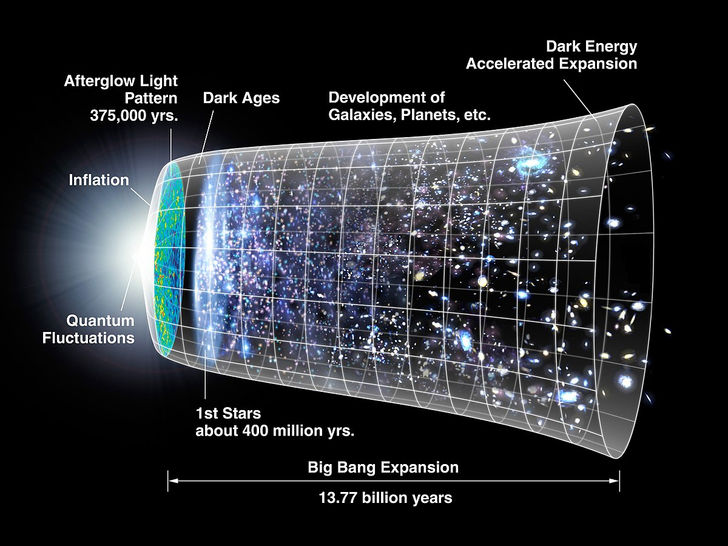
Big Bang Theory
The majority of physicists, astronomers, and cosmologists agree that the Universe as we know it was formed in a colossal explosion that created not just the majority of matter. Also, the physical laws that rule our ever-expanding cosmos. This is referred to as The Big Bang Theory. For over a century, scholars and non-scholars alike have used the word interchangeably. This should come as no surprise given that it is the most widely known explanation about our heritage.

4 Laws of Thermodynamics
Thermodynamics is a field of physics that studies the interactions between heat and other types of energy. It explains how thermal energy is transferred to and from other sources of energy and how it affects matter. The First Law, The Second Law, The Third Law, and the Zeroth Law. The laws of thermodynamics have evolved over decades, and its fundamental concepts extend to almost every system ever invented. Its significance in contemporary technology cannot be overstated.
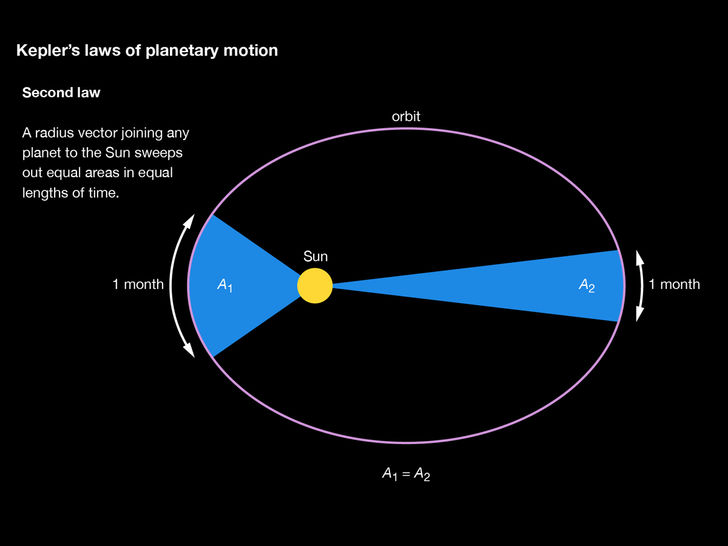
Kepler's Law of Planetary Movement
Kepler's laws of planetary motion describe the movements of the planets in the solar system in astronomy and classical physics. They were discovered by the German astronomer Johannes Kepler, who used observations from the 16th-century Danish astronomer Tycho Brahe to publish his first two laws in 1609 and a third law nearly a decade later in 1618. Kepler himself never counted or differentiated these laws from his other observations.
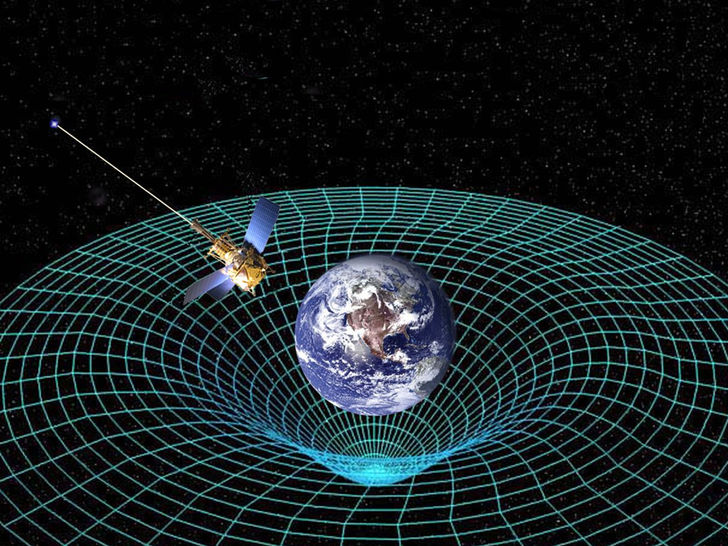
Theory of Relativity
Albert Einstein established in 1905 that the laws of physics are the same for all non-accelerating observers and that the speed of light in a vacuum is independent of all observers' motion. This was the special relativity principle. It suggested new definitions of space and time as well as a new paradigm for all of physics.

Newton’s Law of Motion
Newton's first rule states that whether a body is at rest or moving at a constant speed in a straight line, it can stay at rest or continue to move in a straight line at a constant speed until acted on by force. Newton's second law is a mathematical summary of the effects of a movement on a body's motion. According to Newton's third theorem, as two bodies meet, they apply forces to each other equal in magnitude and opposite in direction.
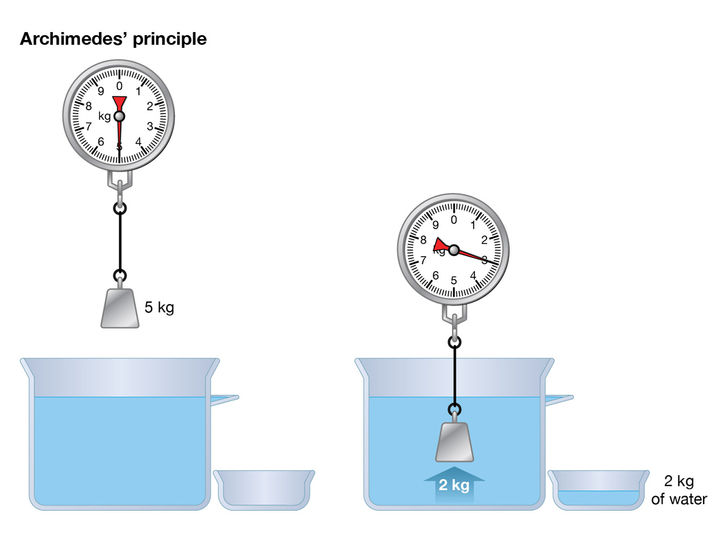
Archimedes’ Buoyancy Principle
Archimedes' theory is a physical law of buoyancy discovered by the ancient Greek mathematician and inventor Archimedes, which states that anybody fully or partially immersed in a fluid (gas or liquid) at rest is acted upon by an outward, or buoyant, force, the magnitude of which is proportional to the fluid's weight.
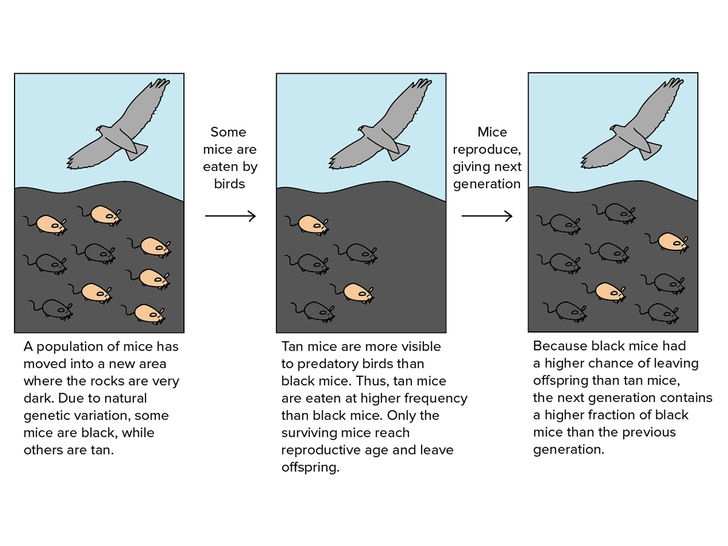
Natural Selection
The mechanism by which species of living organisms evolve and alter is known as natural selection. Individuals within a group are inherently random, which means they are all unique in some way. This variety indicates that certain people have characteristics that are more matched to their surroundings than others. Natural selection can result in speciation, which occurs when one species gives birth to a new and distinct species. It is one of the mechanisms that fuel evolution and contributes to our understanding of the diversity of life on Earth.
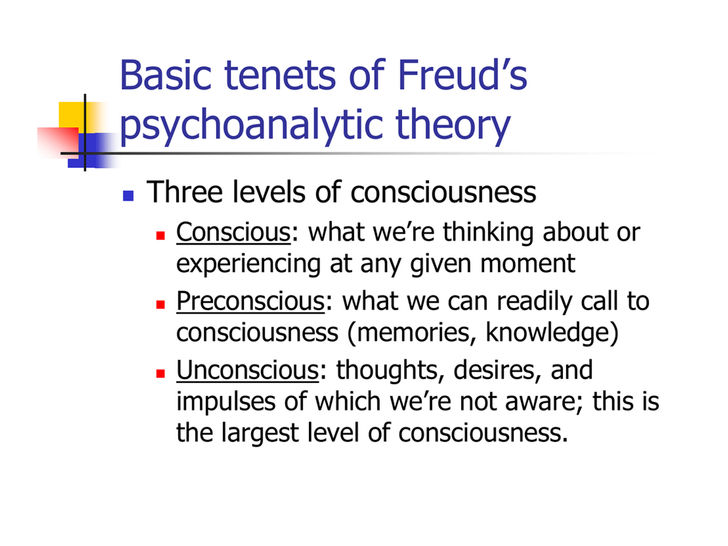
Psychoanalytic Theory
The philosophy of personality organization and the mechanisms of personality formation that drive psychoanalysis, a psychiatric approach for treating psychopathology, is known as psychoanalytic theory. Since its inception by Sigmund Freud in the late nineteenth century, psychoanalytic theory has undergone several refinements. Humans are portrayed as possessing sexual and violent drives through the prism of a psychoanalytic lens. Human behavior, according to psychoanalytic psychologists, is deterministic.
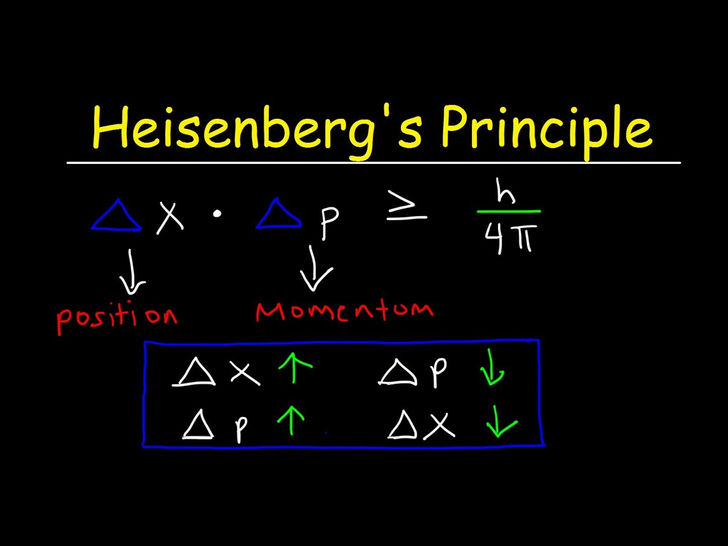
Heisenberg’s Principle of Uncertainty
The uncertainty principle, also known as the Heisenberg uncertainty principle or the indeterminacy principle, is a remark made (1927) by the German physicist Werner Heisenberg that the direction and velocity of an object cannot be determined precisely at the same time, except in theory. In reality, the definitions of the exact location and exact velocity have no significance in existence.

